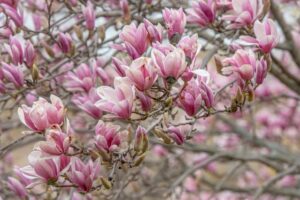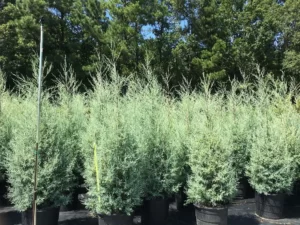Echeveria. Echeveria Succulent Plant. Echeveria is a family of rose-shaped succulent favors plant originated from the semi-desert regions of Central America. They are exotic and beautiful.
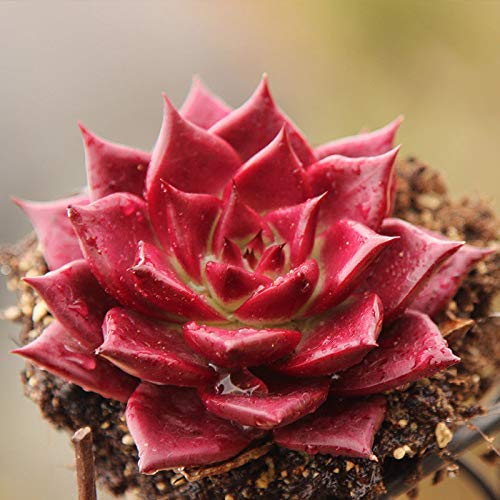
Echeverias are one of those popular types of hardy succulents because of its exotic rosettes with beautiful water-storing leaves.
The ghost plant is that plant you see everywhere but didn’t know what it was called. This plant is one of them.
Echeveria succulents produce amazing flowers and have a variety of astonishing colors. Consider being easy to care for, it can grow fast and can tolerate drought.
The plant flowers are mostly coral-pink, yellow-tipped, or reddish-orange blooms. It might be the fastest-growing Succulent compared to other succulents. It can be used as ground cover and thrive well in pots or containers.
Native to semi-desert regions of Mexico, the fleshy-leaved succulent has become very popular in nurseries and garden centers.
Common names of Echeveria Succulents
Common names of Echeveria are Ghost Echeveria or Mexican Hens and Chicks. It is a species of succulent plants belonging to the family Crassulaceae. One of the succulent types to choose a house plant or air plants.
The genus name Echeveria was given in honor of the 18th-century Mexican painter of plants and botanist Atanasio Echeverría y Godoy. A Mexican artist on the Botanical Expedition to New Spain (1788-1803) and the Guantanamo Commission (1796-1802). Echeverría was employed to sketch the natural world and its elements during the expedition across the country.
Echeveria varieties and Echeveria types
There are many varieties and types of Echeveria. Here are some of them.
1. Echeveria Secunda
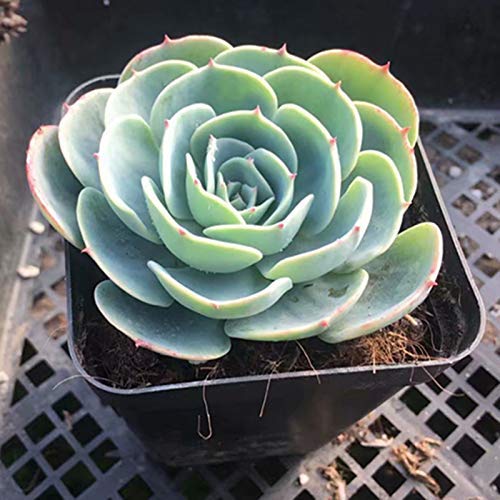
Echeveria Secunda produces an attractive rosette of silvery blue-green leaves. Its stems are reddish flowers in the summer. Natively from Mexico. The plant is easy to grow and can reach up to 10 inches tall and wide.
[su_button url=”https://www.amazon.com/Succulent-Live-Plant-Echeveria-secunda/dp/B07ZKP7ZSB/ref=as_li_ss_tl?keywords=Echeveria Secunda&qid=1577674667&sr=8-1&linkCode=sl1&tag=fery0d-20&linkId=f34ef64a4bea4a221cbb66aae306d373&language=en_US” target=”blank” background=”#e5083f” size=”8″ center=”yes” radius=”0″]Check It Out[/su_button]
2. Echeveria ‘Perle Von Nurnberg’
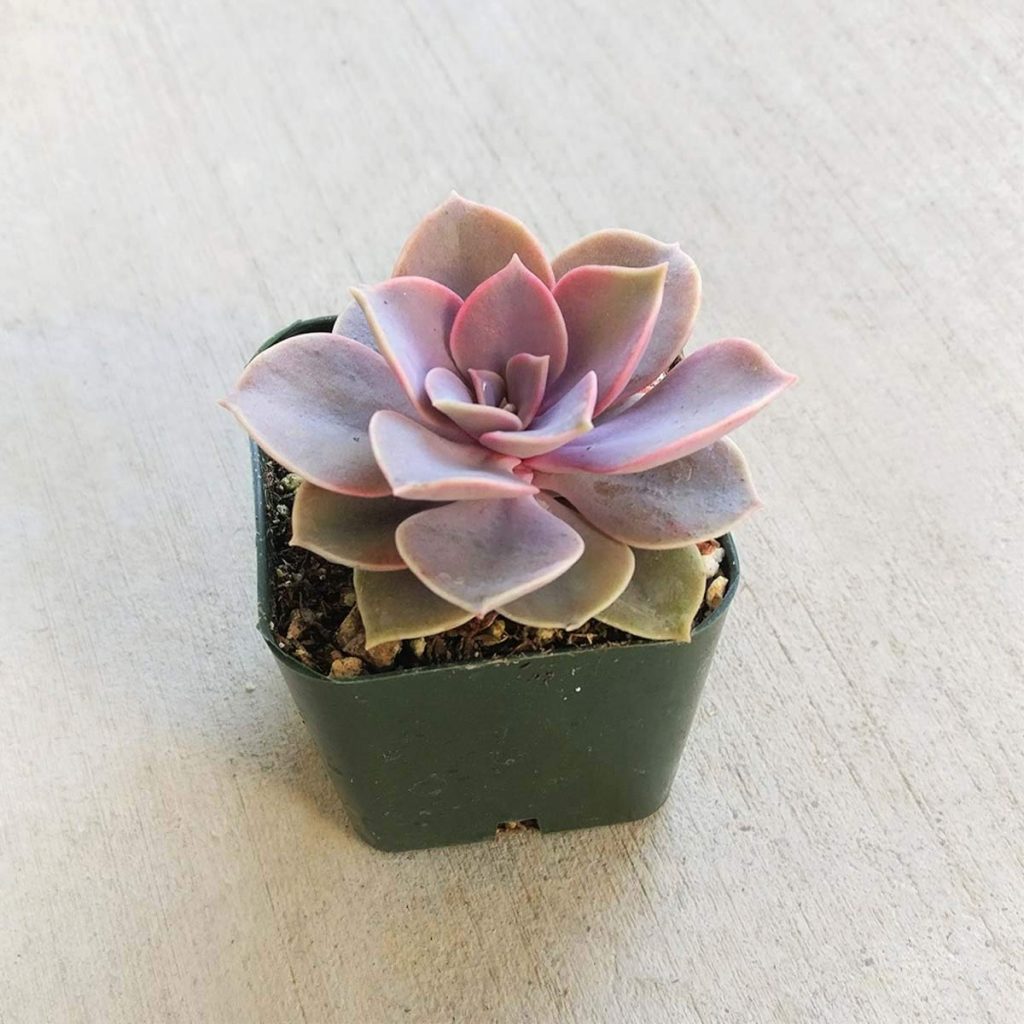
Echeveria ‘Perle Von Nurnberg’ is an amazing hybrid plant that provides purple-tinted gray-green foliage. It shows a good look all year long. Have a coral-pink flowers accent the foliage rosettes on hot summer months. It can reach at least 10 inches tall and wide.
[su_button url=”https://www.amazon.com/Echeveria-Perle-Nurnberg-Succulent-inch/dp/B071FMG96J/ref=as_li_ss_tl?keywords=Echeveria ‘Perle von Nurnberg’&qid=1577674787&sr=8-1&linkCode=sl1&tag=fery0d-20&linkId=fccdae320054986601bf840065f15c54&language=en_US” target=”blank” background=”#e5083f” size=”8″ center=”yes” radius=”0″]Check It Out[/su_button]
3. Echeveria Agavoides

Echeveria Agavoides have pointy green leaves playfully tipped in red or in some varieties come in red leaves. The plant grows 8 inches tall and 12 inches wide. It comes originally from Mexico.
[su_button url=”https://www.amazon.com/Echeveria-Agavoides-Romeo-Beautiful-Succulent/dp/B07PXCR4NM/ref=as_li_ss_tl?keywords=Echeveria agavoides&qid=1577675521&sr=8-2&linkCode=sl1&tag=fery0d-20&linkId=b9ebe130524e67acbc045c4d46333c1c&language=en_US” target=”blank” background=”#e5083f” size=”8″ center=”yes” radius=”0″]Check It Out[/su_button]
4. Echeveria Elegans
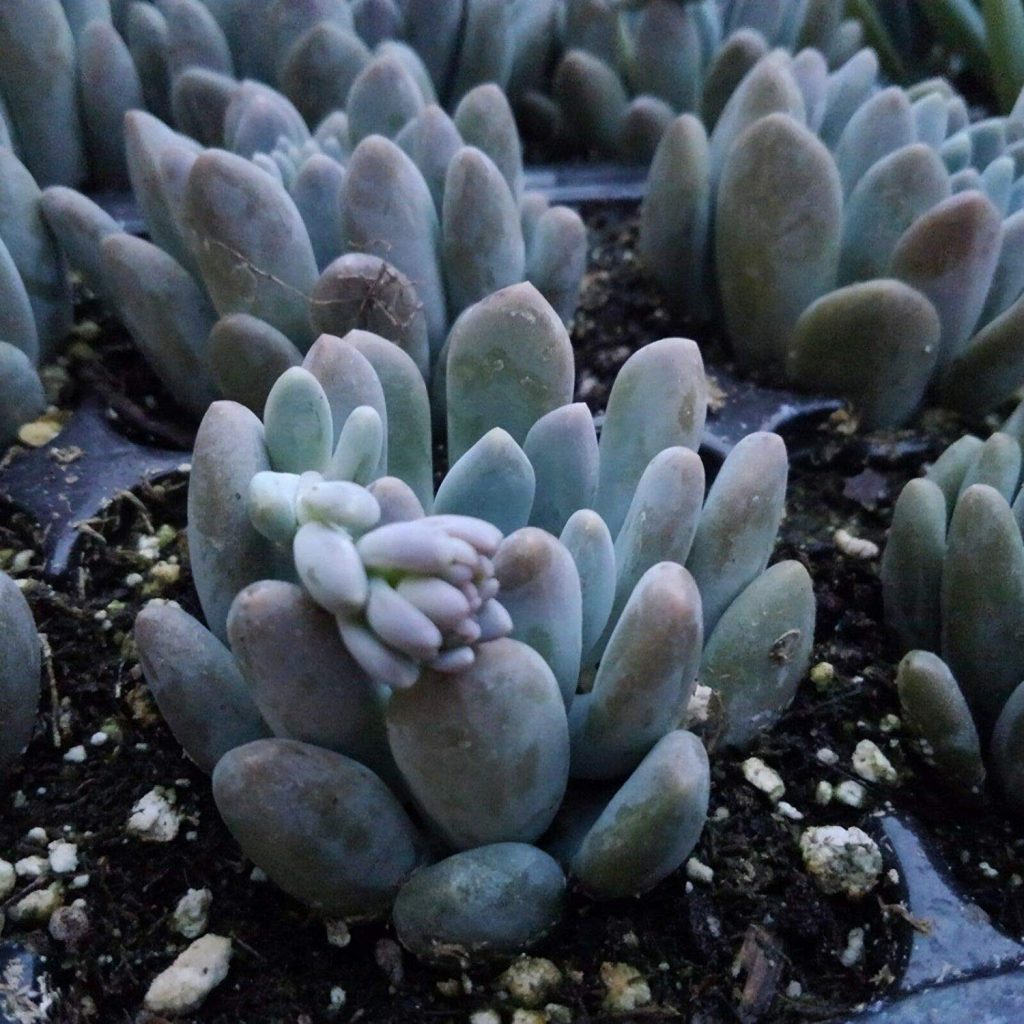
Also known as Mexican snowball. The plant has display delightful silvery-blue foliage. It can grow and reaches 12 inches tall and wide. The flowers are yellow-and-pink over the summer in bright sunlight.
[su_button url=”https://www.amazon.com/Echeveria-Elegans-Mexican-Snowball-Succulents/dp/B082HFPXKJ/ref=as_li_ss_tl?keywords=Echeveria elegans&qid=1577676301&sr=8-8&linkCode=sl1&tag=fery0d-20&linkId=08e52bc7797dbaa9e724284ce2fd43d0&language=en_US” target=”blank” background=”#e5083f” size=”8″ center=”yes” radius=”0″]Check It Out[/su_button]
5. Echeveria Black Prince
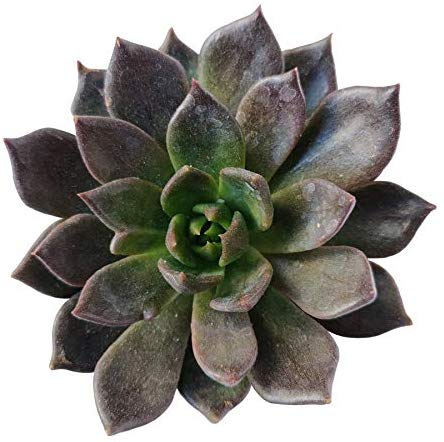
Echeveria ‘Black Prince’ is rather a slow-growing Echeveria succulent plant varieties. It forms rosettes to 3 inches wide. The leaves are thin. They darken from green to brownish-purple as the plant gets to its mature ages while the center of the rosettes remains green.
Echeveria ‘Black Prince’ forms striking dark red flowers in late fall month to early winter month. If it gets much more sun exposure, the foliage becomes darker foliage. The plant would like to be in bright shade in hot areas.
It can thrive well in full sun, filtered sun, or part shade. Prefer to have a porous and well-drained cactus mix. Do not overwater the rosette to prevent rot and fungal diseases. If you notice dead leaves, they should be eliminated right away to ward off pests.
[su_button url=”https://www.amazon.com/Echeveria-Prince-Succulent-Succulents-Decoration/dp/B07TD29821/ref=as_li_ss_tl?keywords=Echeveria Black Prince&qid=1577692105&sr=8-1&linkCode=sl1&tag=fery0d-20&linkId=c1fd639177bc4ed7181382b02badbe99&language=en_US” target=”blank” background=”#e5083f” size=”8″ center=”yes” radius=”0″]Check It Out[/su_button]
6. Echeveria Imbricata ‘Blue Rose’

‘Blue Rose’ also known as Echeveria ‘Imbricata’ been popular for long and easy to grow. The dense and rounded leaves are a soft blue-green. The plant forms a rosette up to 10.0 inches wide. If you place the plant in bright sunlight, the edges can blush pastel pink.
With years of mature growth, the stems of the rosettes can grow up to 6.0 inches tall. A mature ‘Blue Rose’ can tolerate lower temperatures. However, it must be relocated indoors when it gets a very cold temperature.
To preserve its color, place the pot nearby a sunny window. Or you can place under a grow light to preserve its compact form.
[su_button url=”https://www.amazon.com/Echeveria-Imbricata-Blue-Rose-Succulents/dp/B07H5T7HPY/ref=as_li_ss_tl?keywords=Echeveria imbricata ‘Blue Rose’&qid=1577692749&sr=8-4&linkCode=sl1&tag=fery0d-20&linkId=6dc7e47b9a714bb42b400cc5bbee4329&language=en_US” target=”blank” background=”#e5083f” size=”8″ center=”yes” radius=”0″]Check It Out[/su_button]
7. Echeveria Lola
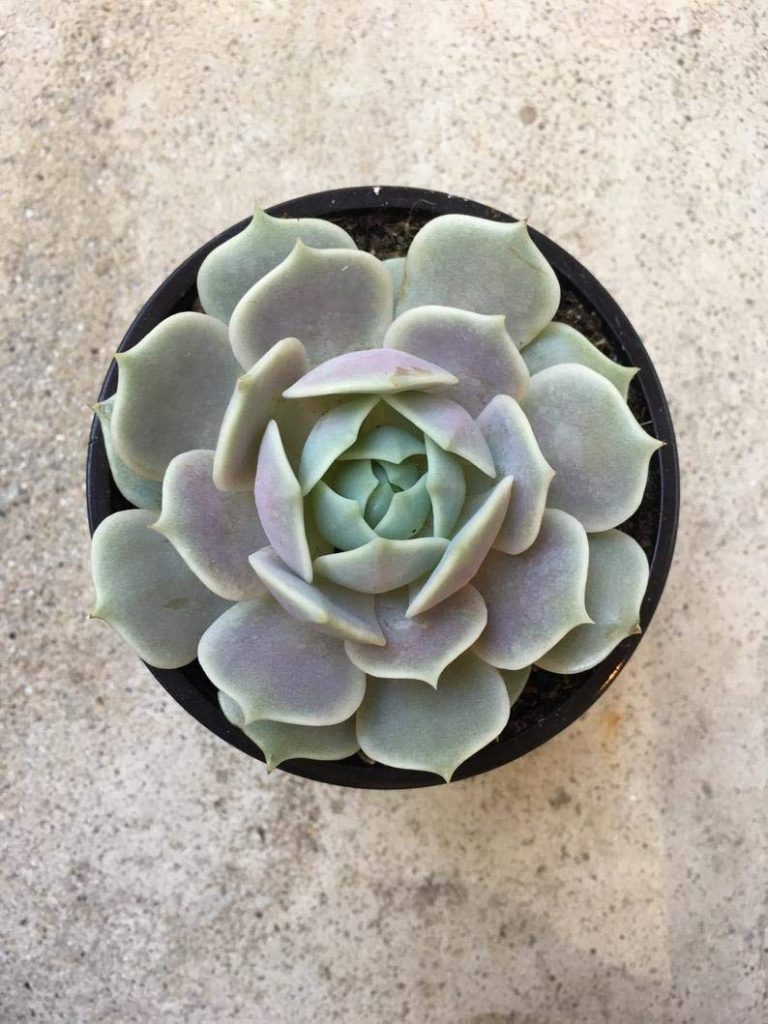
This Echeveria is a pastel green plant with a little pinkish lavender. This Echeveria Lola forms a unique rosebud shape that makes it an astonishing standout in a pot in a rock garden, flower garden, and ornamental garden.
Echeveria ‘Lola’ requires filtered to bright light, porous soil with good drainage, and water when soil is fully dry out.
Overwater and water that sit longer will stimulate the roots to rot. With proper soil and airflow, Echeveria Lola plant should stay dry and nice.
Amazing and beautiful coral flowers bloom in the early spring months. Echeveria Lola grows not very large with less than 6 inches tall and 12 inches across. They are durable that you can keep them outdoors or indoors.
They are not frost-resistant. Relocate them indoors if the temperature starts to go below about 45 degrees Fahrenheit. Grow them outside is a bright, sunny day.
[su_button url=”https://www.amazon.com/Live-Plant-Echeveria-Lola-Succulent/dp/B081LTLH6J/ref=as_li_ss_tl?keywords=Echeveria lola&qid=1577698846&sr=8-5&linkCode=sl1&tag=fery0d-20&linkId=437d816cce20bde2e0a75f8592462271&language=en_US” target=”blank” background=”#e5083f” size=”8″ center=”yes” radius=”0″]Check It Out[/su_button]
8. Echeveria Pulvinata

Echeveria Pulvinata is also known as a Plush Plant or Chenille Plant. This plant has white hairs covering them. These hairs may be invisible but when the sunlight hits them, they appear to shimmer.
These little hairs have the function to protect the plant from too much water loss. These plants can be considered as evergreens. It can be used for corporate gifts.
They have flowers that bloom in the warmer months. Too much sun in excess of 30 degrees Celcius would affect its health. As well as freezing temperatures less than 4 degrees Celcius. Use heat pack for your plant as freezing months can destroy your plants.
Watering will keep this plant alive and happy. Fertilizer is important if you notice that the plant has turned a little pale. Its growth habit is that the plant has the ability to thrive on limited water sources, such as mist and dew.
This plant is self-pruning. All you need to do is pick out the odd dead leaf, or blossoms that have run off their course. By cutting out the dead leaves prevents rot or disease taking over the plant.
Echeveria Pulvinata can attract the birds. Hummingbirds will come when it is in flower, and when planted outdoors. The Hummingbird help with pollination.
[su_button url=”https://www.amazon.com/Echeveria-Pulvinata-Cuttings-Succulent-Plant/dp/B0829M4X9G/ref=as_li_ss_tl?keywords=echeveria pulvinata&qid=1577699618&sr=8-2&linkCode=sl1&tag=fery0d-20&linkId=32cf78c1676272a9c7f38c1d30f2a24e&language=en_US” target=”blank” background=”#e5083f” size=”8″ center=”yes” radius=”0″]Check It Out[/su_button]
Other varieties including echeveria nodulosa, echeveria shaviana, echeveria setosa, echeveria runyonii, echeveria gibbiflora, echeveria harmsii, echeveria violet queen, echeveria parva, echeveria cubic frost, echeveria raindrops, echeveria minima, painted echeveria, succulent echeveria, echeveria lola succulent, echeveria derenbergii and echeveria chroma.
Site location
Echeveria like full sun and they are used to on their natural growing grounds. But do not place the plant in drastic sunlight changes and summer full sun.
Dramatic changes in sunlight can stress Echeveria Succulent plants out. If you plan to move Echeveria plants outside in the spring, you have to be careful to move the plant gradually. Two hours in the morning sun, then add a few more hours, until they are in sunlight completely.
Afternoon sun can be quite too strong and the leaves will sunburn. Once the leaves got burned, they will not heal and look burned for a long time. If the sunburn damage looks bad, it is recommended to cut the head off the plant. Allow it to re-grow from the stalk.
Place the Echeveria Succulent plant near the brightest spot or windows during the winter months. Echeveria plants will stretch if they do not get enough sunlight.
The best location would be near a south-facing window. Put them near a window that gets the most light.
Climate for Echeveria Succulent plant
Echeveria Succulents plant looks amazing in containers or pots or patio planters. Echeveria is not used to the cold and will eventually die in freezing temperatures.
But you still can enjoy this plant during the cold months by relocating them indoors and become indoor succulent. When those cold temperatures have passed, gradually relocate them back outside in the spring months.
You can also treat Echeveria like annuals and just plant anew each spring.
The ideal temperature for these Echeveria succulents is between 50 and 70°F or 10-21°C.
How to grow Echeveria Succulent plant (tips for growing)
Soil
Because Echeveria is a succulent plant, the plant requires soil that drains quickly or well drainage soil. The plant is prone to root rot so the good drainage soil prevents moisture from rotting the roots.
You can create well drainage soil by mixing potting soil and perlite. You can also purchase a good quality potting soil. The perfect choice of soil would be a cactus mix or potting mix.
If you do add actual sand to your soil, make sure that it is coarse-grained. You have to do this because fine sand will clog the air pockets in the soil.
Repotting the plant is a good recommendation if you want to keep the plants alive for many years. By providing a new soil every couple of years will keep them grow well and grow healthy.
Pot size
When you place your Echeveria Succulent plant, you can provide the smallest pots and planters size possible. Another option would be a pot that is just bigger than the root ball.
Overpotting or when you use a large container for a small plant can cause a potential problem. Greater soil volume can hold more moisture and may lead to the root rot.
But since the soil has well drainage features and pots larger than the root will not stimulate any problem. Find pots that have drainage holes.
Pot material
Terracotta pots
Terracotta pots are very popular. It is popular for good reason such as the porous nature of terracotta pot that makes it the most breathable pot among others.
Unglazed Ceramic Pots
Unglazed ceramic pots are like terracotta pots but less breathable. They are made from much finer clay with less sand. After that, it is fired at a higher temperature during manufacture. It keeps moisture better and the Echeveria plant does not need to be watered frequently.
Glazed Ceramic or Porcelain Pots
Glazed ceramic pots are made from similar material than the previous pots, but the glazed coating gives the pot a smooth and glass-like surface. This makes the pot almost unbreathable. You can add drainage holes.
Glass containers
Glass containers are almost the same as glazed ceramic in terms of breathability. Unfortunately, they do not come with drainage holes. You can add drainage holes.
Echeveria Care Guide (care tips)
Fertilizer
Fertilizer is not a really big requirement for Echeveria Succulent plant. As a Succulent plant, it can grow naturally in soil without needing nutrients. They are susceptible to fertilizer burn.
Fertilizers can boost their health. Be careful to choose and use only a slow-release fertilizer at the beginning of spring. Another option is to use a liquid fertilizer diluted 2-4 times more than normal. Use cactus fertilizer or a low nitrogen mix.
Watering
Echeveria will need more water in the heat of summer. During cool or rainy days, it needless water. Echeveria, do not want to be too wet, but they also don’t like to be kept too dry.
Water the Echeveria soil not the rosette. Pour on the water and see if it drains out the bottom. Do this 2 or 4 times.
When the soil dries out, do not water. To help prevent this to happen, see if the saucer is not full of water.
Echeveria Flower
The blooming cycle of the Echeveria Succulent plant is built-in. Echeveria that has the right conditions including the right light, watering when dry, and soil that is the well-drained and porous pot, the flower stalks will emerge from the center of the plant every year.
Most species bloom at the end of the summer. Some Echeveria blooming in August, and other species, like Echeveria ‘Black Knight’ bloom in November. The blooms last a few weeks.
Echeveria propagation
Echeveria propagation (succulent cuttings) on your own is one simple, and cost-effective way to grow your collection. The definition of propagation is the practice of taking an element of a mature Echeveria succulent and using that to grow a new Echeveria plant.
Echeveria propagation can be done by using the offsets, leaf cuttings, stem cuttings, or seeds from a mature plant. It is a very simple process, but some plants are difficult to propagate.
Echeveria propagation with leaf cutting
This is the process of removing an active, and healthy leaf from a mature Echeveria plant and using it to grow a new plant. This works well with Echeveria that has plump, fleshy leaves because the leaves are easy to pop off cleanly.
Some leaves will pop right off with a gentle tug, while others may require a sharp knife. Using clean hands or a sterile knife, remove a healthy leaf from the base of the plant, ensuring that an entire, undamaged leaf is removed.
Once the leave removed, you have to allow the leaf to heal in four days in a warm area with bright light. After the leaf has healed, prepare one new pot with soil. Wet the soil, and place the healed leaf on top of the soil for propagation.
Purchase a spray bottle and fill it with water. Use the spray bottle to mist leaves when the soil is dry. Place them in a warm place with enough bright light (not direct sun). Keep them moist and warm.
More than three weeks later or so, small roots and leaves will begin to sprout. Wait for a few months to get big enough for repotting.
Echeveria propagation with offsets
Echeveria propagation with offsets is a good method to grow Echeveria because the parent plant has already done the majority of the work. Offsets are the little Echeveria plant that sprouts up around the base of the parent plant.
To divide offsets from the base of the parent plant, first, you have to brush away the topsoil until roots are visible enough. Pull the small plant apart while preserving as many roots as possible.
If the offsets are still connected to the parent plant by a stem, use a clean, sharp knife to cut them apart. Brush old soil from the roots. Allow the offset to dry out for 3 days by placing them in a warm place with plenty of indirect light to prevent rot and disease when repotted.
Once they are healed, get new planters with cactus soil ready. Wet the soil, place the Echeveria in a hole, and fill in the hole with the soil to stabilize the plant. Within 2-3 weeks, they will begin forming roots.
Echeveria propagation from seeds
Echeveria propagation from seeds is the slowest way to grow the new Echeveria plant. Seeds of mature plants are located in the swollen base of the flower, and they can be collected when the Echeveria plant is done flowering.
Always use dry and fresh seeds at the beginning of spring to provide the new plants a long growing period before winter dormancy.
Prepare a pot or planter with cactus soil. Water the soil, then soak seeds in warm water for about 1/2 an hour to loosen up the seed coat. Spread the seeds on top of the soil, keeping spaces between them to allow growth.
Cover the seeds with sand or sifted cactus soil, and do not bury them. Water them daily using a spray bottle with mist, only letting the top surface to dry out between waterings.
Place the pot in a warm environment, between 75 to 80ºF. The seeds start to germinate in about two or three weeks. And after six weeks, water every 2 days.
